ARTICLE
Mihr Chand
Chand was significantly influenced by Dip Chand and the British portrait artist Tilly Kettle. In his rendering of trees and foliage, he was influenced by the topographical surveys and map-making undertaken by French and British surveyors in the eighteenth century. By the 1770s, artists in Awadh had adopted a warmer, more muted colour palette and began depicting space in an image with a more measured approach. In Chand’s work, this took the form of naturalistic landscapes in the backdrop of portraits and other thematic works, which often followed a fixed pattern. The foreground was characterised by floral studies or grass in various shades of green. The middle ground depicted a grassy plain and groupings of trees with rounded treetops and a single shadow. The horizon line, in the middle of the composition, showed mountain ranges and the sky, which was graded in colour from almost-white near the horizon to varying degrees of blue and filled with stormy or swirling cloud patterns. Chand used the concept of aerial perspective, showing faraway objects in paler and blue hues to create a sense of depth and distance.
He also incorporated aerial perspectives and landscapes with spatial perspectives into portraiture, supplanting the earlier practice of using abstract landscape. This practice was carried forward by later Awadh painters and was marked by floral studies against a grassy plain in the background as well as the depiction of clouds suggestive of a storm. In the case of his portraits of Shuja ud-Daula and his sons, made after Tilly Kettle’s portraits, architectural elements became framing devices. For instance, his painting Colonel Polier Watching a Nautch (1773–74) used the established visual genre of terrace scenes in Mughal paintings while depicting Polier, dressed in Awadhi garments, seated on European furniture, foregrounding a night scene lit with fireworks.
Chand remained in Polier’s atelier until 1786, when the latter returned to Europe. Little is known of Chand’s career after this stage.
Bibliography
Di Pietrantonio, Natalia. “Desiring Landscapes: Two Paintings from Avadh, India.” The Met (blog), August 25, 2015. Accessed February 28, 2023. https://www.metmuseum.org/blogs/ruminations/2015/desiring-landscapes.
Losty, J. P. “Towards a New Naturalism: Portraiture in Murshidabad and Awadh, 1750–80.” Marg, June 2002.
Roy, Malini. “Idiosyncrasies in the Late Mughal Painting Tradition: The Artist Mihr Chand, Son of Ganga Ram (fl. 1759–1786).” PhD diss., School of African and Oriental Studies, 2009. Accessed February 28, 2023. https://eprints.soas.ac.uk/33847/1/11010637.pdf.




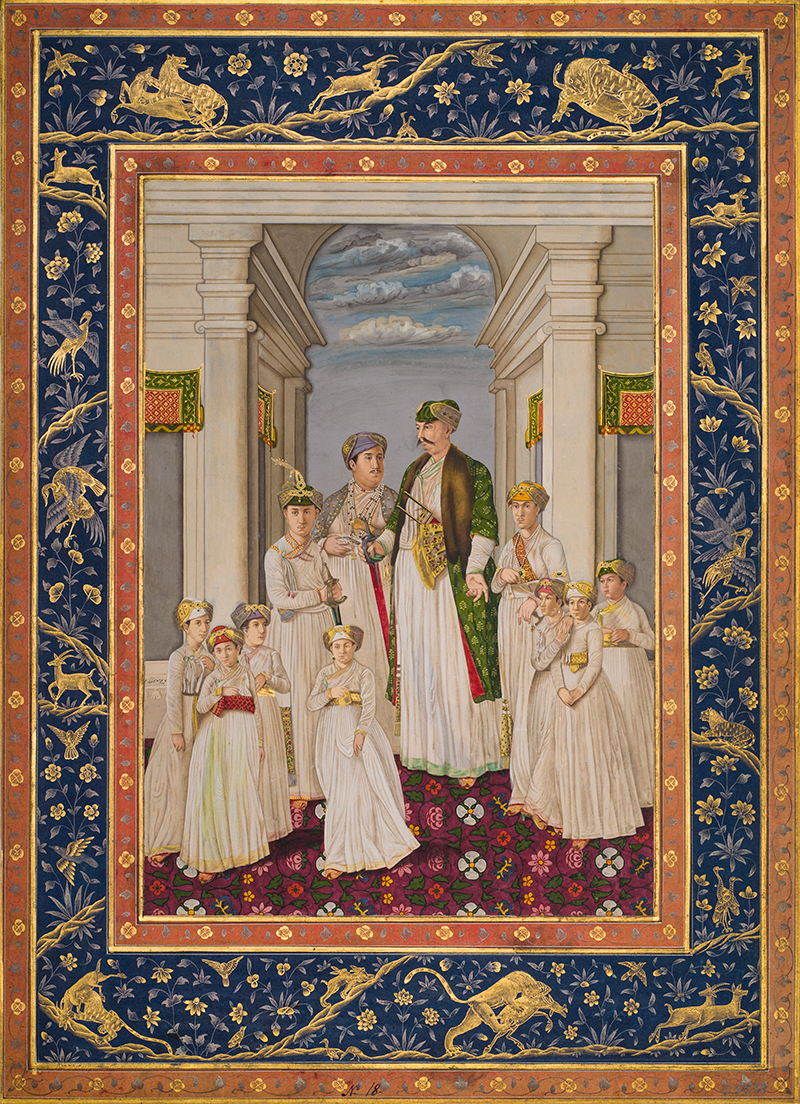
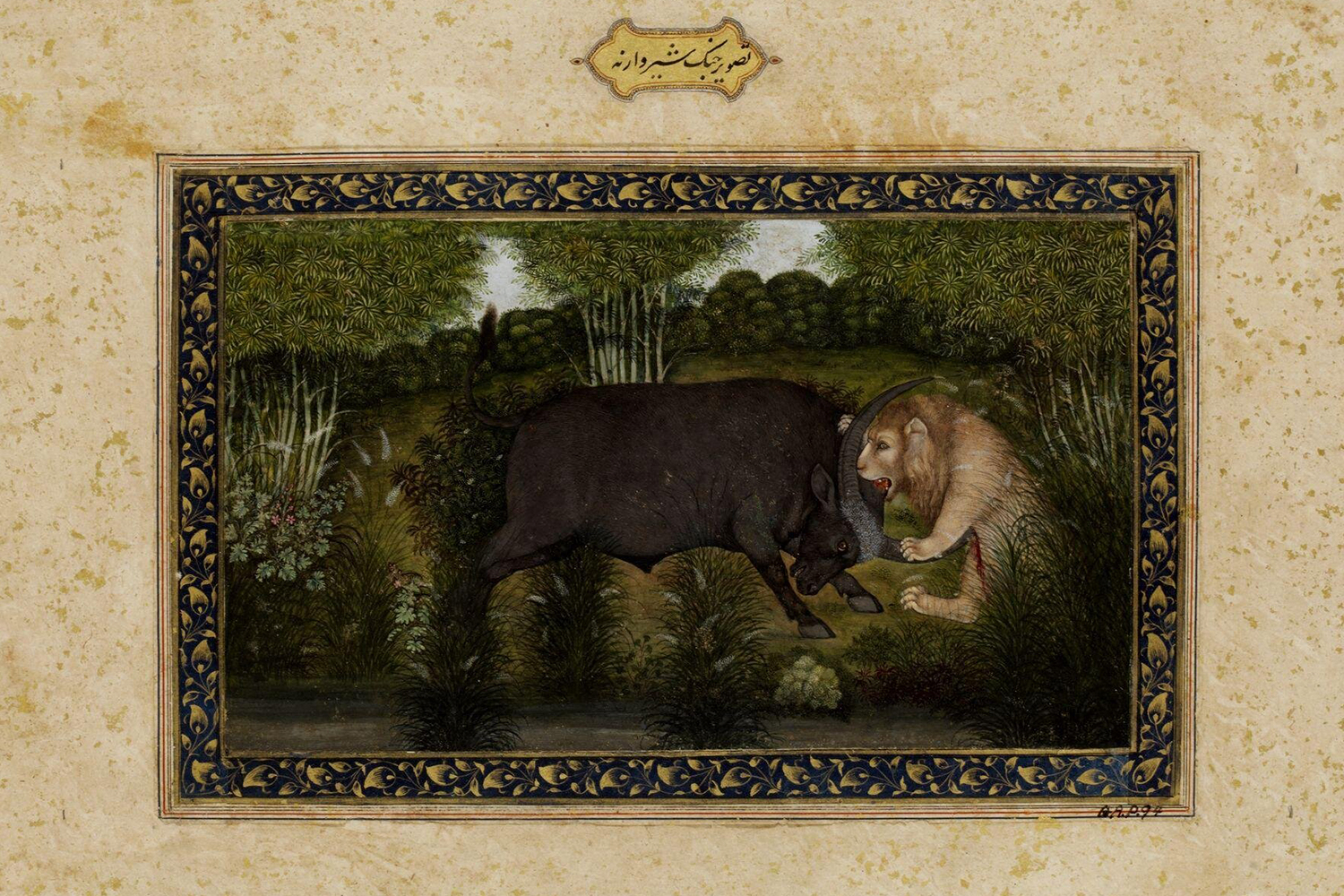
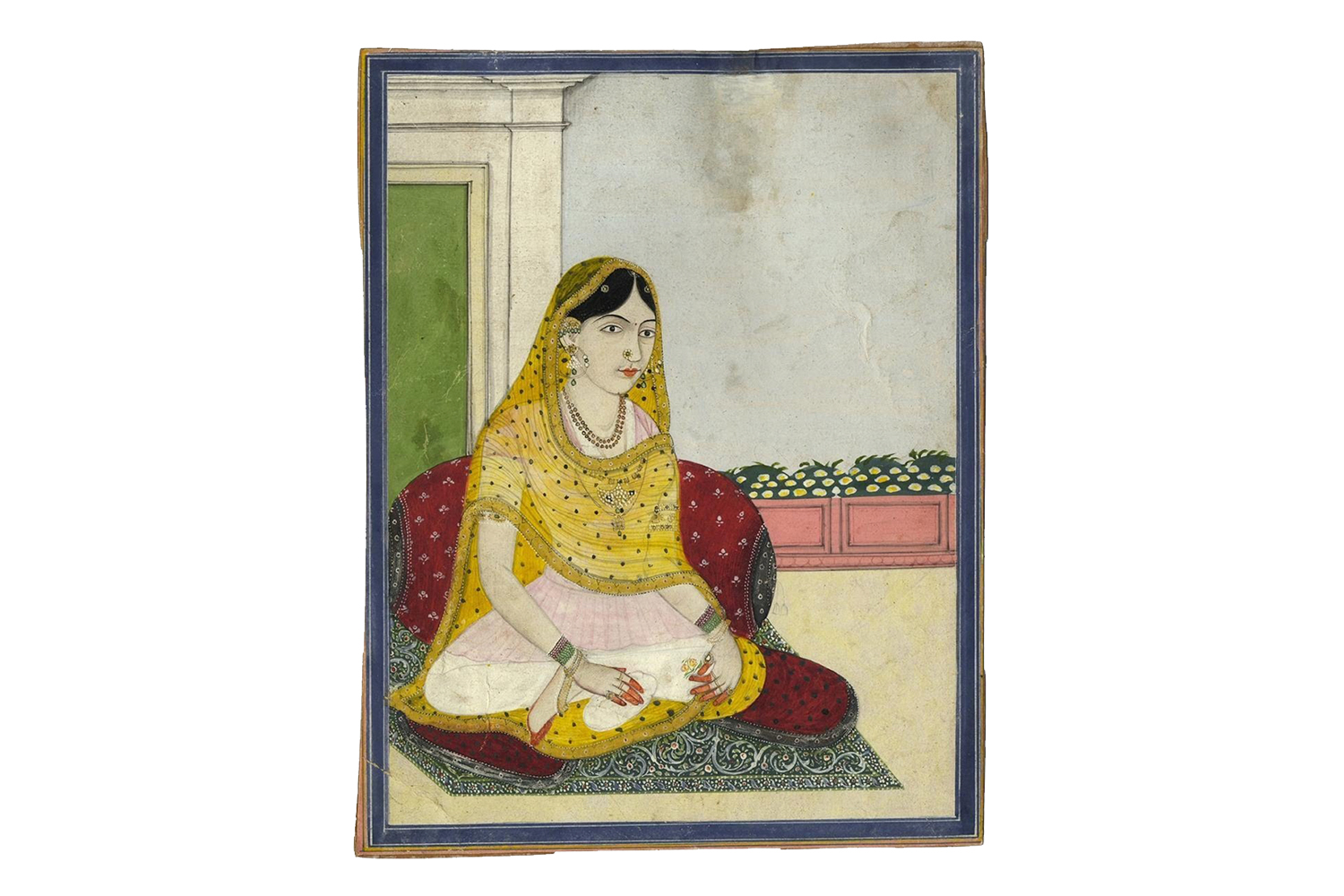
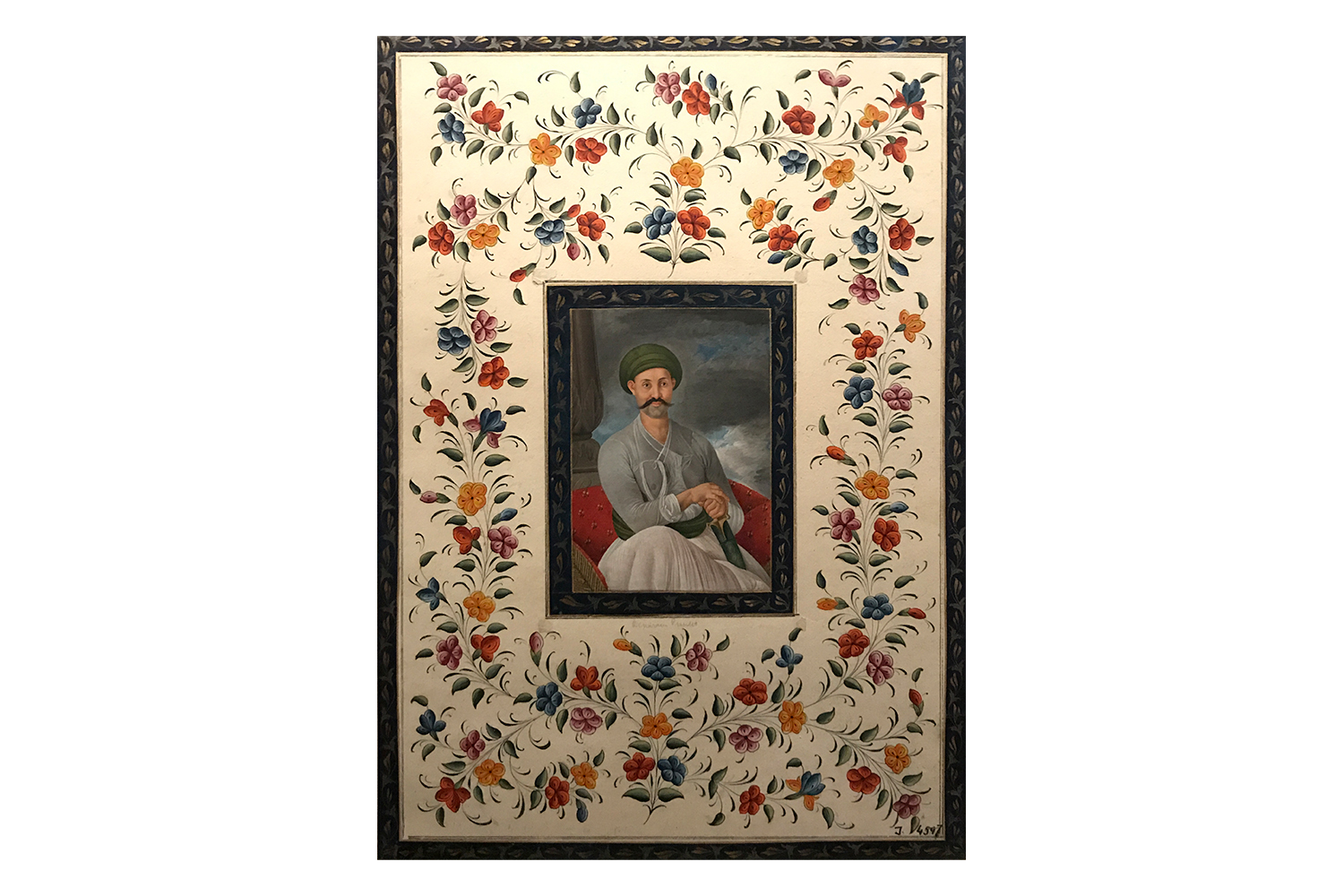
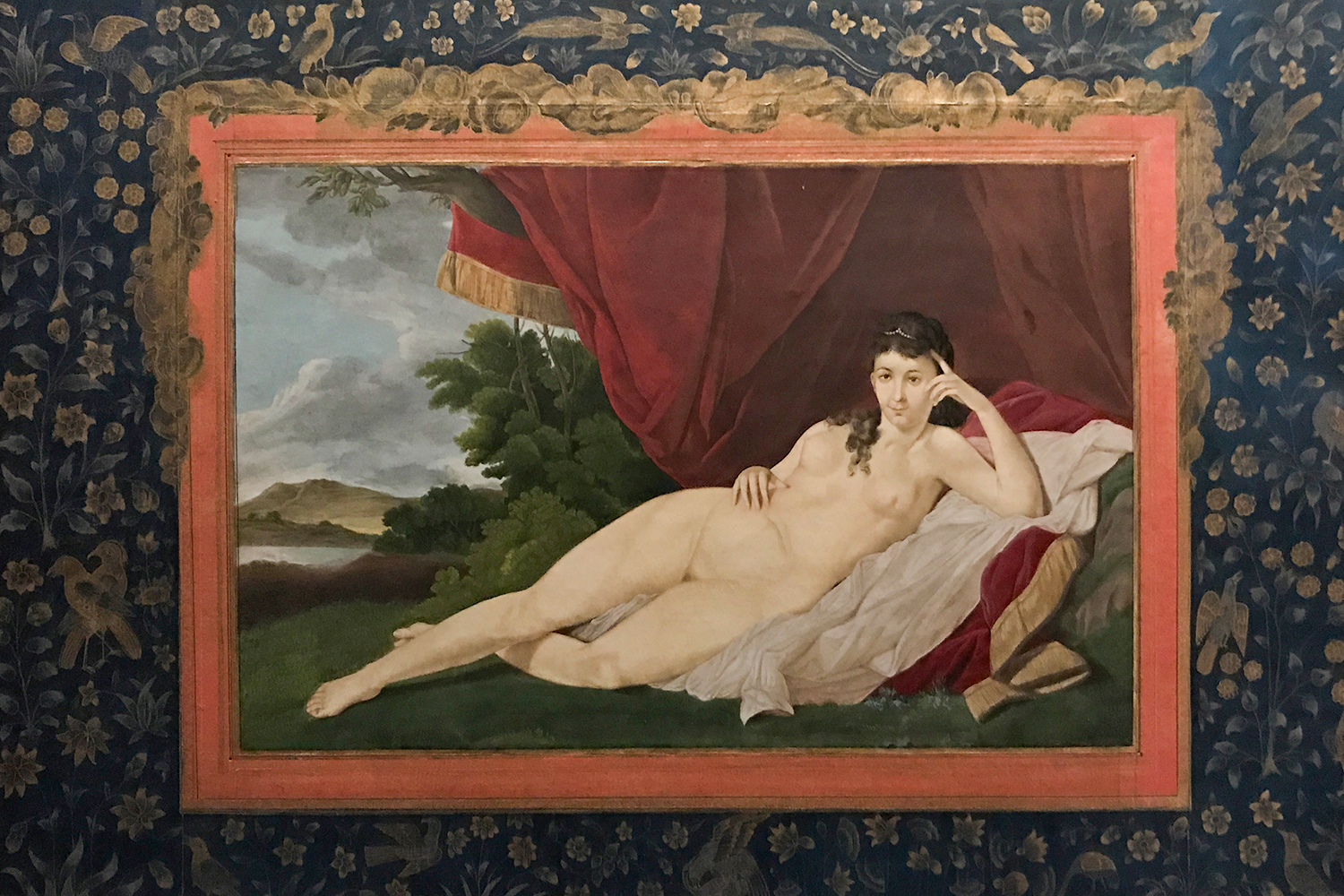
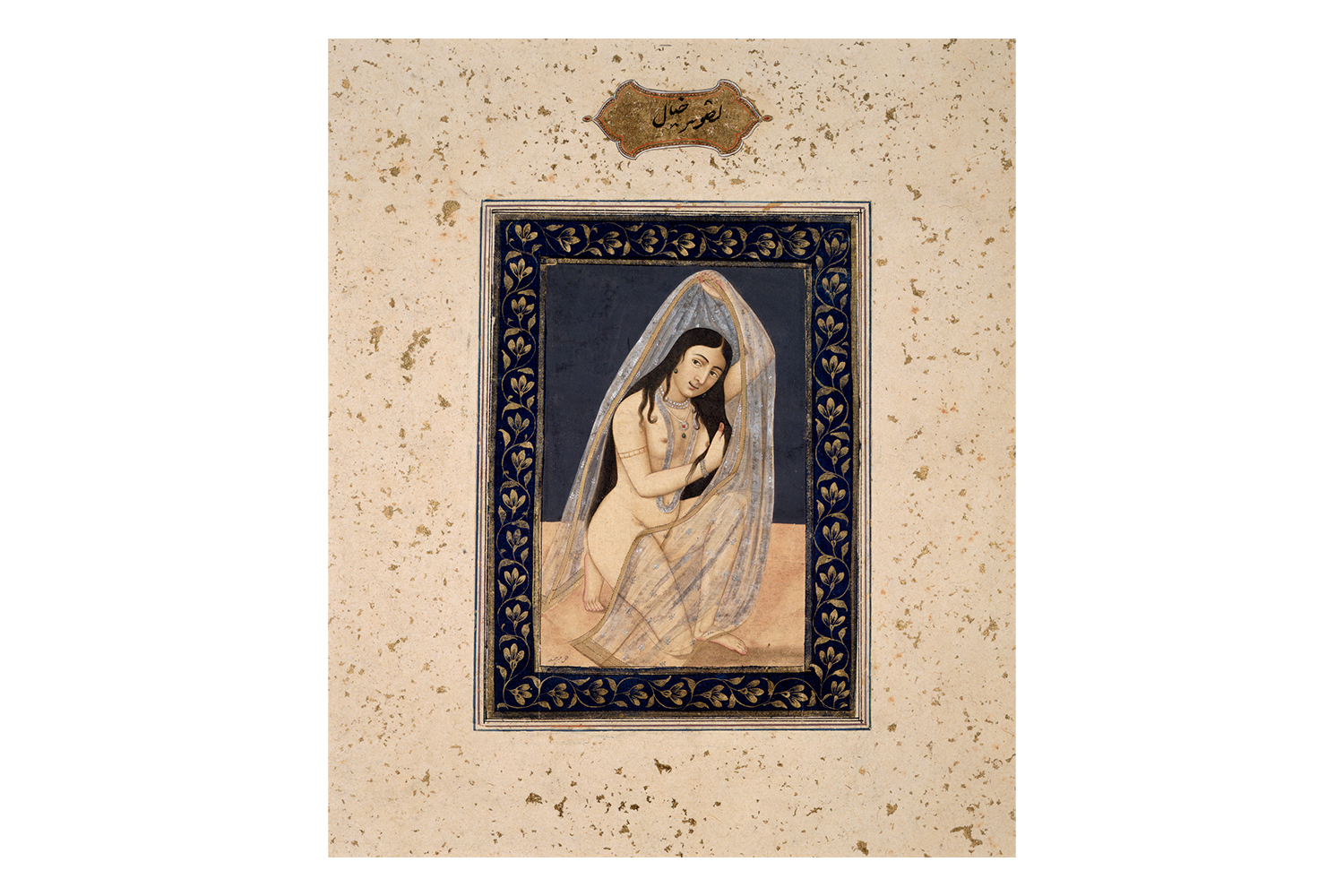
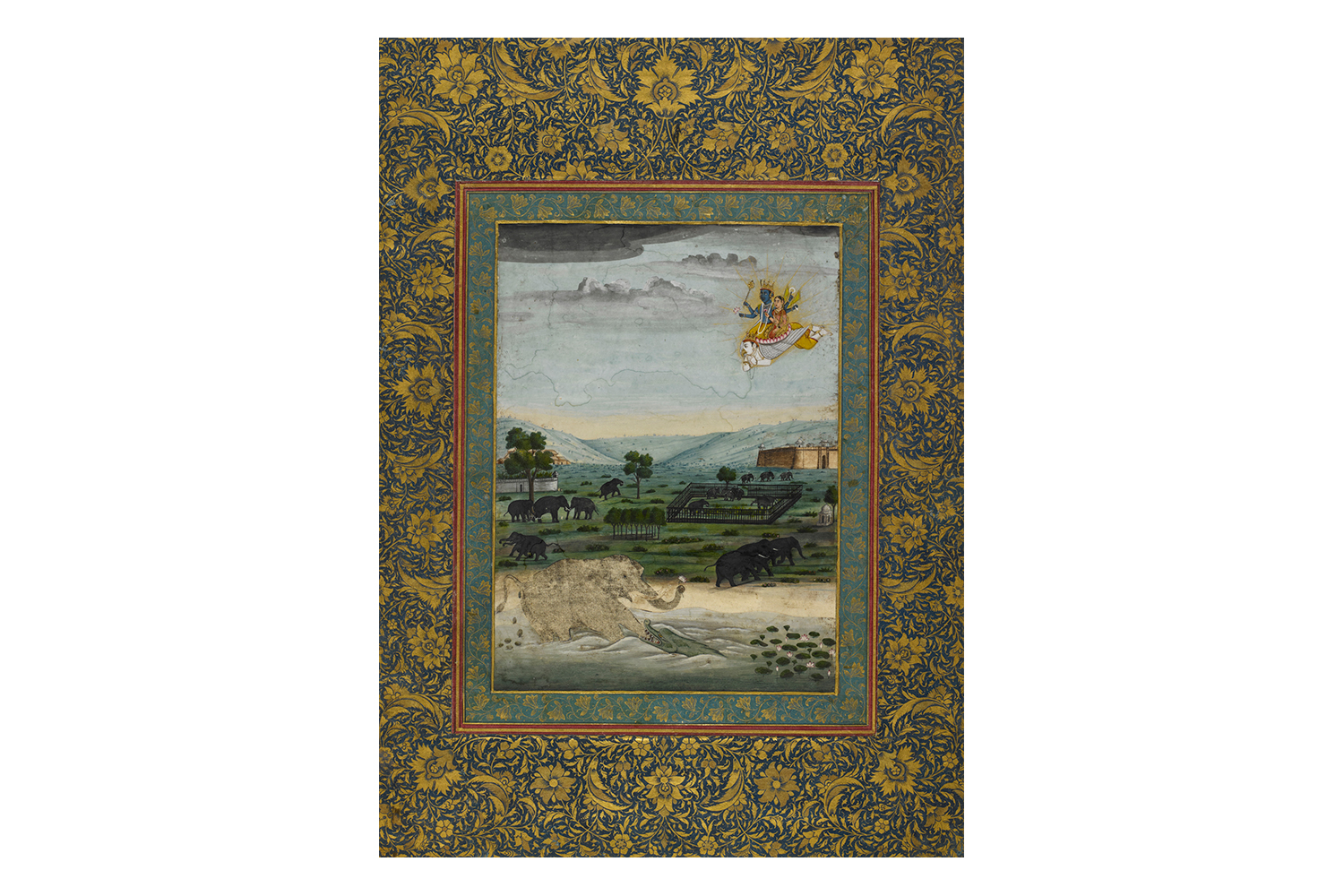
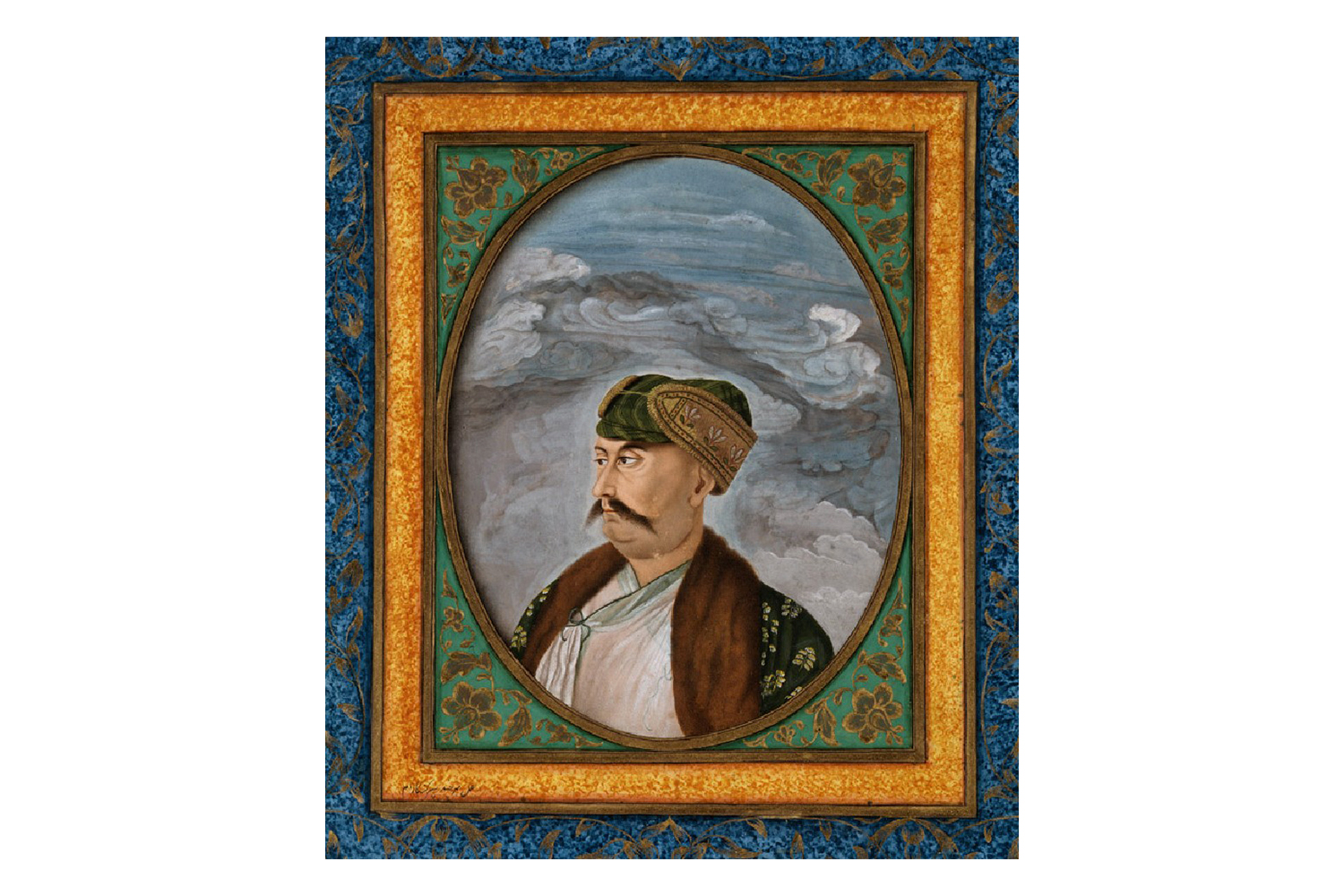
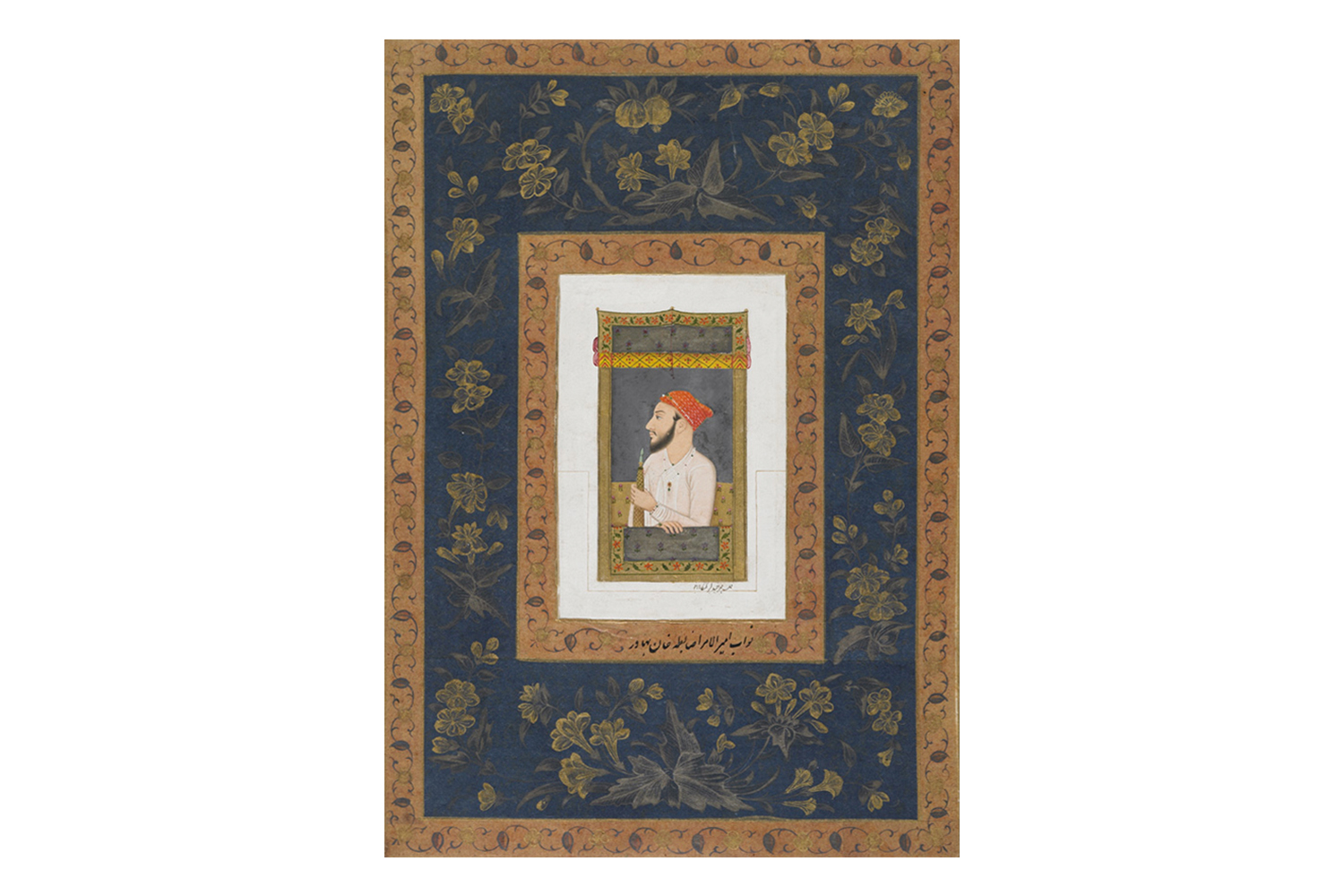
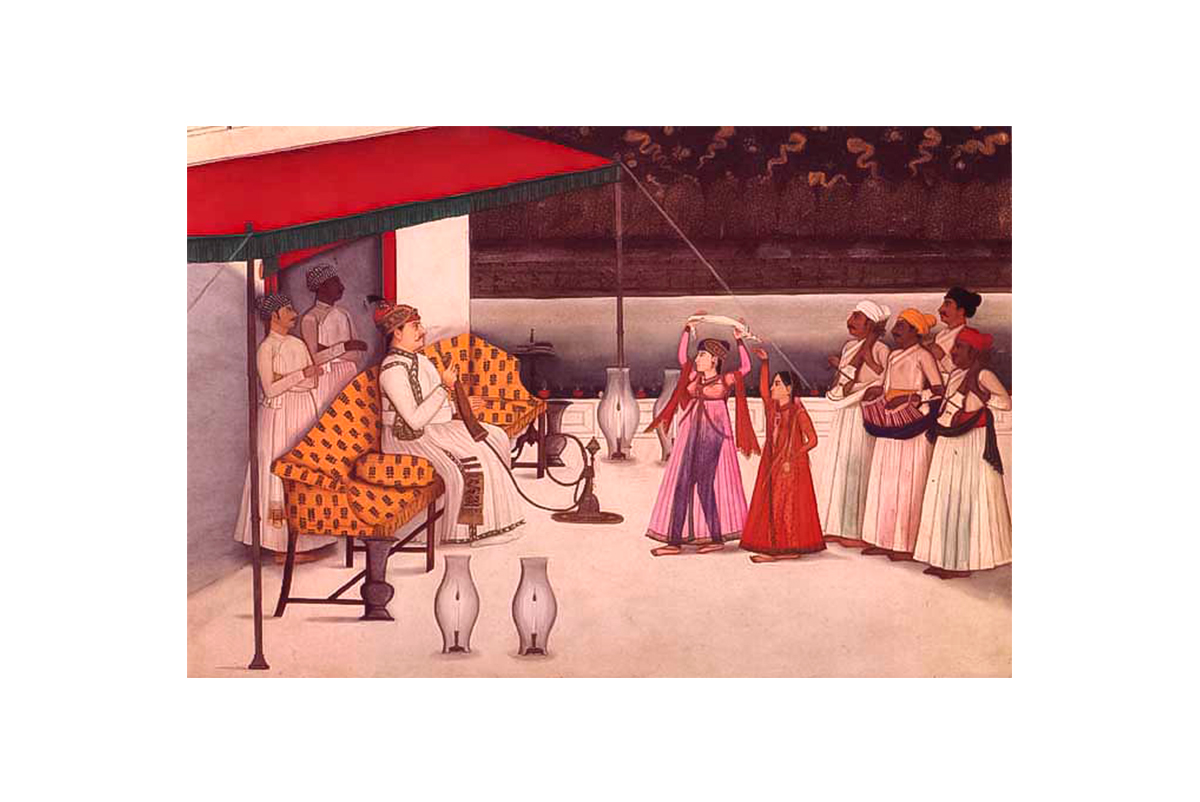
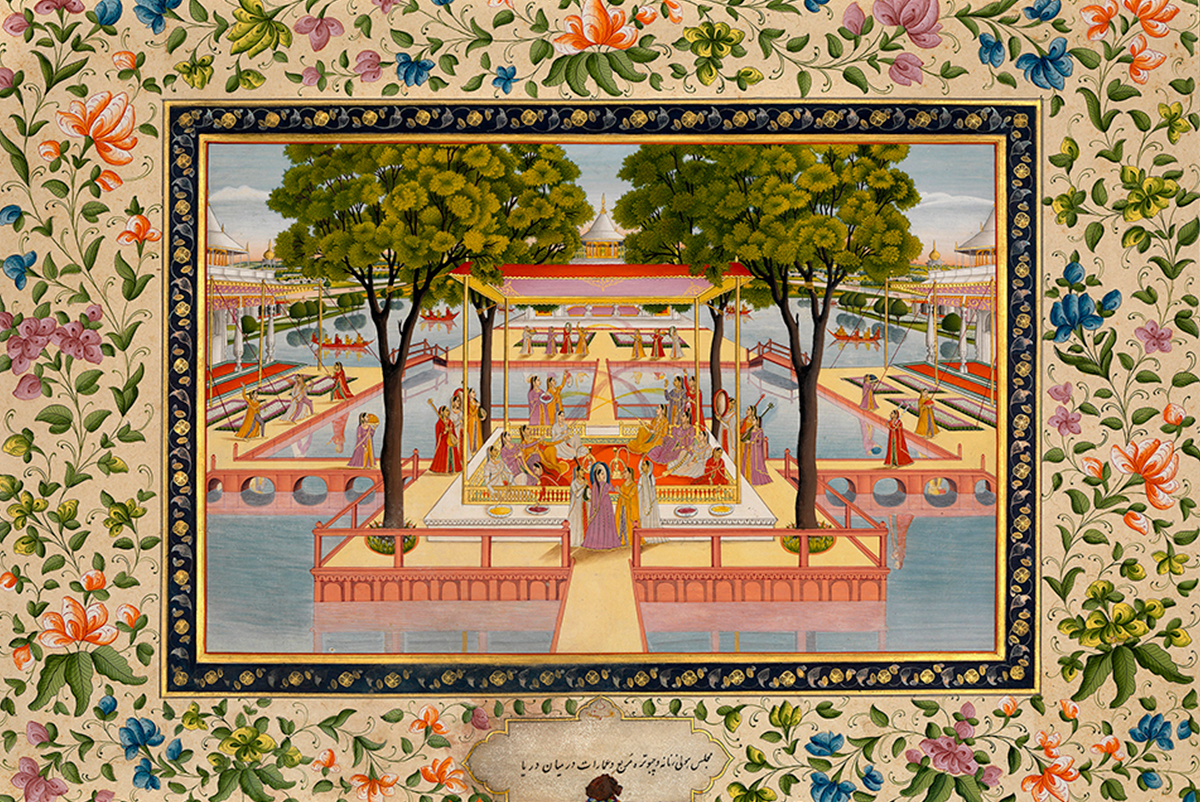

![The façade of the Maneckji Seth Agiary, a Zoroastrian fire temple, is a standout example of the popularity of the Persian Revival Style in Western India in the 19th and 20th centuries. This style was often seen in the architectural patronage of the Parsis, who emerged as one of the most influential mercantile communities of British India. Popular motifs of this style, like the mythical lamasus (winged bulls with human heads) and the faravahar (a winged guardian spirit in Zoroastrianism), drew on the historical art and architecture of the Achaemenid and Sasanian empires from sites like Persepolis, Bisotun, Taq-e Bostan, Naqsh-e Rostam and Naqsh-e Rajab in Persia.
The Parsi community’s adoption of this style occurred largely due to their networks of global commerce and politics, allowing them to access and translate research of ancient Persia into visible symbols that underlined their association with antiquity, imperial power, and art.
نمای آتشکدهی زرتشتی مانِکجی سِت نمونهی بارزی از رواج سبک «احیای [معماری] ایرانی» در غرب هند طی سدههای نوزدهم و بیستم است. این سبک غالباً در بناهایی دیده میشد که پارسیان، از بانفوذترین جوامع بازرگان در هند بریتانیا، بانیشان بودند. نقشمایههای محبوب این سبک، مانند گاو بالدار اساطیری (لاماسو) و فَروَهَر (روح بالدار نگهبان در دین زرتشت)، برگرفته از هنر و معماری شاهنشاهی هخامنشی و ساسانی، در جاهایی چون تخت جمشید و بیستون و طاق بستان و نقش رستم و نقش رجب، بود.
اقتباس جامعهی پارسیان از این سبک بسیار مرهون روابط گستردهی تجاری و سیاسی آنها بود که دسترس به پژوهشها دربارهی ایران باستان و برگردانیدن آنها به نمادهای بصری را ممکن میکرد و بر پیوند پارسیان با دوران باستان و قدرت شاهنشاهی و هنر تأکید میکرد.](https://mapacademy.io/wp-content/plugins/instagram-feed/img/placeholder.png)
